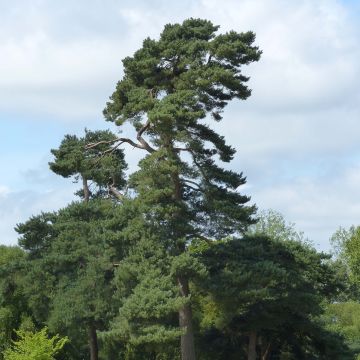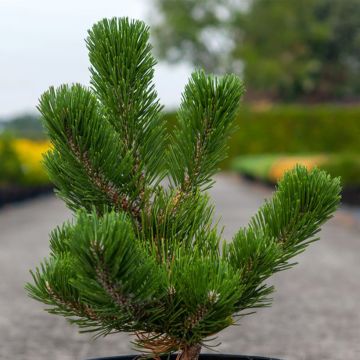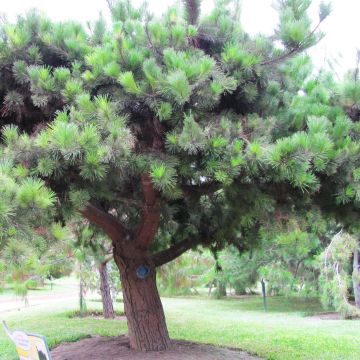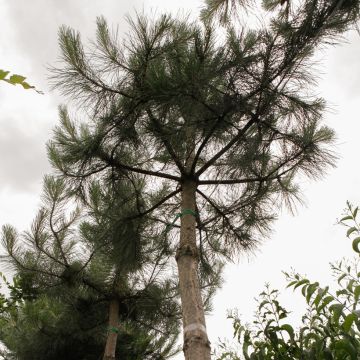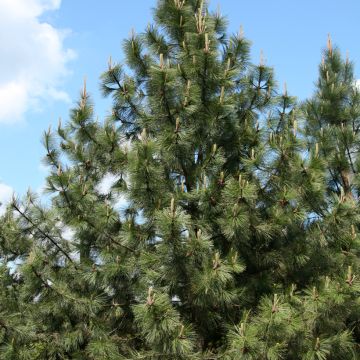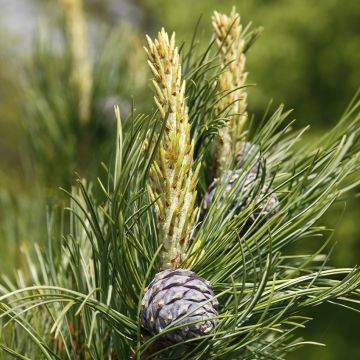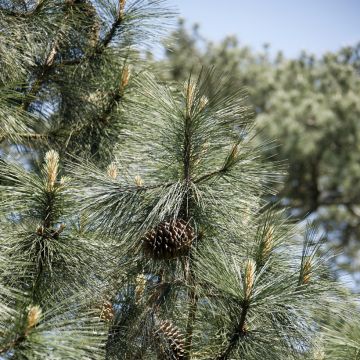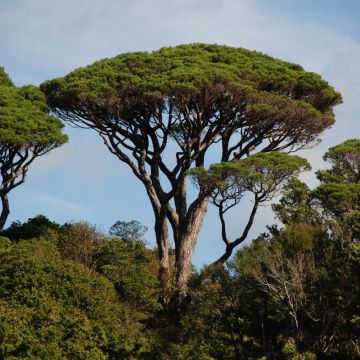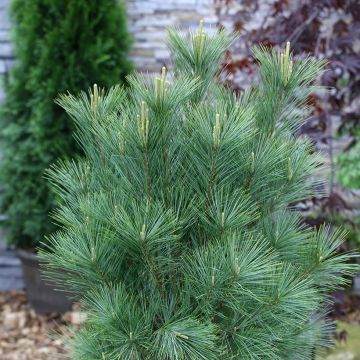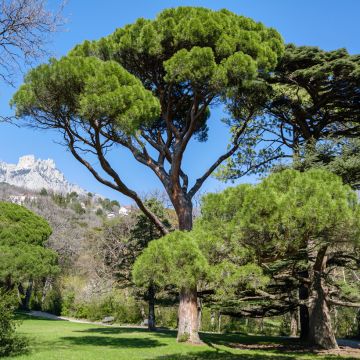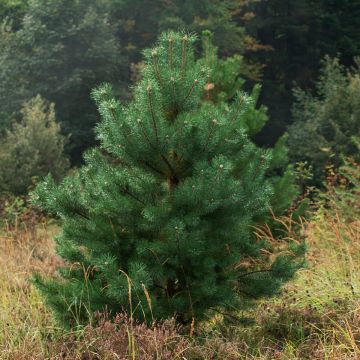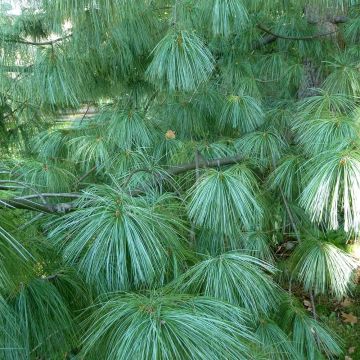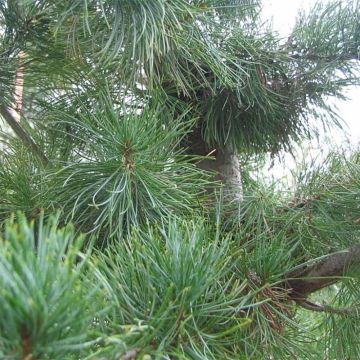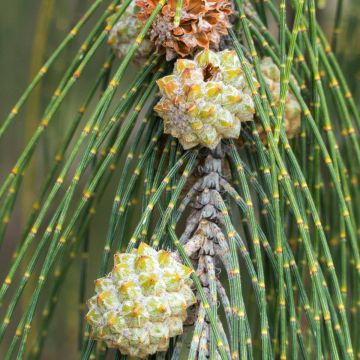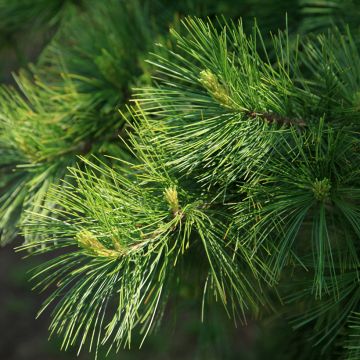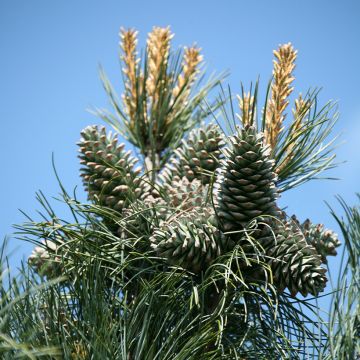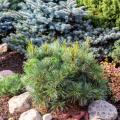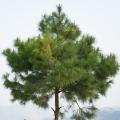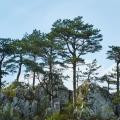Pine trees
Would this plant suit my garden? Set up your Plantfit profile →
Available in 2 sizes
Available in 2 sizes
Available in 2 sizes
Available in 3 sizes
Available in 1 sizes
Available in 1 sizes
Available in 1 sizes
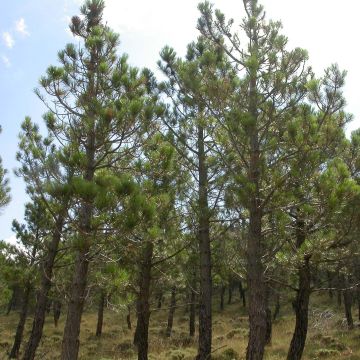
Available in 3 sizes
Available in 2 sizes
Available in 1 sizes
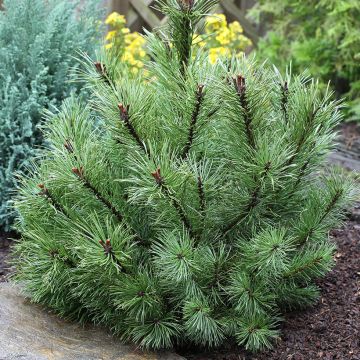
Available in 1 sizes
Available in 1 sizes
Available in 2 sizes
Available in 1 sizes
Available in 2 sizes
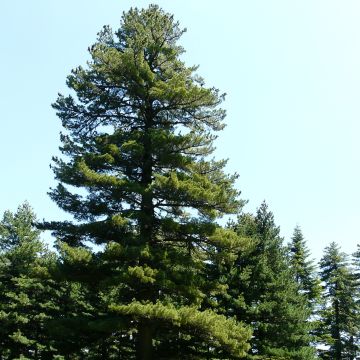
Available in 1 sizes
Available in 1 sizes
Available in 1 sizes
Available in 1 sizes
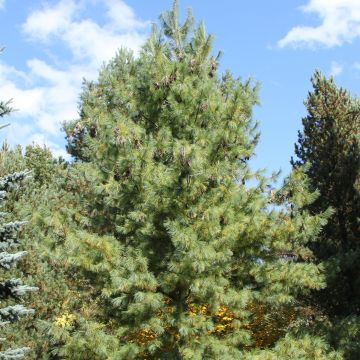
Available in 1 sizes
Available in 1 sizes
Our range of large Pines. These trees are conifers that provide permanent structure to the garden. they are shade trees in summer and their needle-like foliage remains decorative in winter. These evergreen and majestic trees are equally suited as standalone specimens or in groups within large gardens or parks.
Pinus nigra nigra or Austrian black pine is one of the most well-known. This vigorous tree, with a broad and rounded silhouette, can reach 20 to 25 m at maturity. Its dark green foliage remains decorative year-round, and it tolerates poor, dry, or calcareous soils well.
Pinus sylvestris, or Scots pine, is recognisable by its slender trunk and flaking orange bark. It is very hardy, it reaches 15 to 25 m in height and adapts to various terrains, even sandy or acidic ones. It is ideal for recreating a natural forest atmosphere.
Pinus wallichiana, or Bhutan pine, offers a more graceful and ornamental appearance. Its long, trailing blue-green needles and large decorative cones give it a unique charm. It reaches about 10 to 15 m in height and prefers climates that are not too dry.
Pinus ponderosa, the ponderosa pine, is a majestic American conifer, suited to large spaces. It stands out with its long needles grouped in threes, pyramidal habit at maturity, and deeply fissured orange-brown bark.
All these pines thrive in sunny locations and well-drained soil. Plant in autumn or spring, in a wide hole, without burying the collar. Regular watering during the first two years promotes good establishment, after which they become low-maintenance.
To learn more, read our guide "Pines: Planting, Pruning, and Care"
Haven't found what you were looking for?






























